
Deutsch-Chinesische Enzyklopädie, 德汉百科

布加勒斯特(罗马尼亚语:București),罗马尼亚首都,位于罗马尼亚东南部,瓦拉几亚平原中部,多瑙河支流登博维察河畔。有“小巴黎”之称。面积约228平方公里,人口近200万。它是罗马尼亚最大的城市,也是政治、经济、文化中心。若以以人口计算,布加勒斯特是欧盟第六大都市。
据历史记载,该市已有500多年的历史。1459年,布加勒斯特成为罗马尼亚要塞,1574年发展成为城市,1659年起成为瓦拉几亚公国首都。1862年成为统一的罗马尼亚国家首都。1877年5月9日罗马尼亚在此宣布独立。1947年为罗马尼亚人民共和国首都。1977年发生地震。1989年爆发革命,成为新罗马尼亚的首都。此后,经济不断发展,成为罗马尼亚具有代表性的城市。该市行政划分为六个区,设市长一名,各区区长一名,均由市民选举产生。布加勒斯特有两支著名的足球强队——布加勒斯特迪纳摩和布加勒斯特星队。位于布加勒斯特的罗马尼亚人民宫号称是世界第二大建筑物。
Bukarest (rumänisch: București [bukuˈreʃtʲ]; ) ist die Hauptstadt Rumäniens. Sie ist mit fast 1,9 Millionen Einwohnern[1] und einer urbanen Agglomeration von 2,2 Millionen Einwohnern die siebtgrößte Stadt der Europäischen Union.
Nachdem Bukarest 1659 Târgoviște als Landeshauptstadt endgültig abgelöst hatte, wurde es zum politischen, wirtschaftlichen und kulturellen Mittelpunkt der Walachei und später von Rumänien. Die Stadt verfügt über mehrere Universitäten, verschiedene andere Hochschulen sowie zahlreiche Theater, Museen und weitere Kultureinrichtungen.
Die kosmopolitische Hochkultur und der dominierende französische Einfluss der neubarocken Architektur der Stadt brachten ihr den Beinamen Micul Paris („Kleines Paris“, auch „Paris des Ostens“) ein.[2] In der Amtszeit des rumänischen Diktators Nicolae Ceaușescu wurden weiträumig historische Stadtviertel zerstört, um dem monumentalen Zuckerbäckerstil des Staatsoberhaupts Platz zu machen.
Bukarest wurde einer Legende nach von einem Hirten namens Bucur gegründet.[11] Bucurie bezeichnet im Rumänischen glückhafte Freude, und Bucur ist ein verbreiteter Familienname. Im etymologischen Sinn bedeutet București: Du bist froh.[12] Eine weitere Erzählung berichtet von dem getischen König Dromichaites,[13] der Freudenstadt errichtete.
Bukarest wird in einer auf den 20. September 1459 datierten Urkunde erstmals erwähnt.[14] Die Urkunde wurde von dem Woiwoden und Feldherrn Vlad Țepeș, mit dem Beinamen Drăculea, ausgestellt.
In der zweiten Hälfte des 15. Jahrhunderts entwickelte sich Bukarest, wo sich schon nach 1400 eine Handwerkersiedlung mit Schmiede, Töpferei und Gerberei nachweisen lässt, zum Curtea (Fürstensitz) der Walachei. Fürst Radu der Schöne bezeichnete am 14. Oktober 1465 Bukarest in einer Urkunde als Fürstensitz.[15] Die Stadt erlangte ihre zentralstädtische Bedeutung als fürstliches Macht- und Handelszentrum, das in einem Verdichtungsraum von Siedlungen lag. Zwischen 1459 und 1625 erscheinen allein 41 Siedlungen auf dem Gebiet des heutigen Bukarest.
Nachfolgend war Bukarest abwechselnd mit Tîrgoviște Hauptstadt der Walachei. Der Hauptmarkt entstand um die Lipscani-Straße.
ブカレスト/ブクレシュティ(ルーマニア語: București、マジャル語・標準ドイツ語: Bukarest)は、ルーマニアの首都で同国最大の都市である。ブカレストはルーマニア南東部にあり、ドゥンボヴィツァ川河畔の都市でルーマニアの文化、産業、金融の中心都市である。
Bucharest (/ˈb(j)uːkərɛst/; Romanian: București [bukuˈreʃtʲ] (![]() listen)) is the capital and largest city of Romania, as well as its cultural, industrial, and financial centre. It is located in the southeast of the country, at 44°25′57″N 26°06′14″ECoordinates:
listen)) is the capital and largest city of Romania, as well as its cultural, industrial, and financial centre. It is located in the southeast of the country, at 44°25′57″N 26°06′14″ECoordinates:  44°25′57″N 26°06′14″E, on the banks of the Dâmbovița River, less than 60 km (37.3 mi) north of the Danube River and the Bulgarian border.
44°25′57″N 26°06′14″E, on the banks of the Dâmbovița River, less than 60 km (37.3 mi) north of the Danube River and the Bulgarian border.
Bucharest was first mentioned in documents in 1459. It became the capital of Romania in 1862 and is the centre of Romanian media, culture, and art. Its architecture is a mix of historical (neo-classical), interbellum (Bauhaus and art deco), communist-era and modern. In the period between the two World Wars, the city's elegant architecture and the sophistication of its elite earned Bucharest the nickname of "Little Paris" (Micul Paris).[9] Although buildings and districts in the historic city centre were heavily damaged or destroyed by war, earthquakes, and above all Nicolae Ceaușescu's program of systematization, many survived. In recent years, the city has been experiencing an economic and cultural boom.[10] In 2016, the historical city centre was listed as "endangered" by the World Monuments Watch.[11]
According to the 2011 census, 1,883,425 inhabitants live within the city limits,[6] a decrease from the 2002 census.[3] Adding the satellite towns around the urban area, the proposed metropolitan area of Bucharest would have a population of 2.27 million people.[12] According to Eurostat, Bucharest has a functional urban area of 2,412,530 residents (as of 2015).[5] Bucharest is the sixth-largest city in the European Union by population within city limits, after London, Berlin, Madrid, Rome, and Paris.
Economically, Bucharest is the most prosperous city in Romania[13] and is one of the main industrial centres and transportation hubs of Eastern Europe. The city has big convention facilities, educational institutes, cultural venues, traditional "shopping arcades", and recreational areas.
The city proper is administratively known as the "Municipality of Bucharest" (Municipiul București), and has the same administrative level as that of a national county, being further subdivided into six sectors, each governed by a local mayor.
Bucarest (en roumain București ![]() ? /bu.kuˈreʃtʲ/ [Fiche], ou Municipiul București en version longue) est la capitale de la Roumanie.
? /bu.kuˈreʃtʲ/ [Fiche], ou Municipiul București en version longue) est la capitale de la Roumanie.
La ville est mentionnée pour la première fois en 1459 comme marché fortifié au carrefour des routes commerciales entre Târgoviște, alors capitale de la Valachie, Brașov en Transylvanie, et le port de San-Giorgio fondé par les Génois sur le Danube. Ce marché s'est rapidement développé et, au XVIIe siècle, il devient la capitale de la principauté de Valachie, puis, en 1859, de la Roumanie.
Lors du dernier recensement de 2011, la municipalité comptait 1 883 425 habitants, en diminution par rapport à 2002 et 1992. Bucarest reste la plus grande ville de Roumanie.
Bucarest (AFI: [ˈbuːkarest];[3] in romeno: București, pronuncia [bukuˈreʃtʲ]) è la capitale e la città più popolosa della Romania ed è la sesta più popolosa dell'Unione Europea. Posta nel sud del Paese, sul fiume Dâmbovița, è il maggiore centro industriale e commerciale del paese. Il territorio della città è interamente circondato dal distretto di Ilfov, pur non facendone parte, in quanto il municipio è l'unico della Romania a fare distretto di per sé.
Bucarest è la 6ª città per popolazione dell'Unione europea. Secondo le stime degli specialisti, Bucarest raccoglie più di tre milioni di persone al giorno e nei prossimi cinque anni questo numero supererà i quattro milioni. A questo si aggiungono le località intorno alla città, che fanno parte della futura area metropolitana, hanno una popolazione di circa 430.000.[4]
La prima menzione della località appare nel 1459. Nel 1862 divenne la capitale dei Principati Uniti; da allora ha subito cambiamenti continui, diventando il centro della scena artistica, culturale e mediatica rumena. L'architettura elegante e l'atmosfera urbana le portarono durante la Belle Époque il soprannome di "Piccola Parigi"[5], anche se diversi edifici e quartieri del centro storico furono danneggiati o interamente distrutti dalla guerra, dai terremoti e dal programma di sistemazione di Nicolae Ceausescu. Negli ultimi anni, la città ha vissuto un boom economico e culturale[6].
Secondo i dati preliminari del censimento del 2011, 1.677.985 abitanti vivono entro i limiti della città,[7] inferiore alla cifra registrata nel censimento del 2002.[8] L'area urbana si estende oltre Bucarest, con una popolazione di 1,93 milioni.[9] Con l'aggiunta di città satellitari attorno all'area urbana, l'area metropolitana di Bucarest avrebbe una popolazione di 2,2 milioni.[10] Secondo Eurostat, Bucarest ha un'area urbana più grande di 2.151.880 residenti.[11] Secondo dati non ufficiali, la popolazione è di oltre 3 milioni. Bucarest è la città più grande della Romania e la sesta nell'Unione europea secondo la popolazione entro i limiti della città.
Da un punto di vista economico, Bucarest è la città più prospera in Romania,[12] ed è uno dei principali centri industriali e dei nodi di trasporto nell'Europa orientale. La città dispone di strutture per convegni, istituti scolastici, aree culturali, centri commerciali e aree ricreative.
La città, avente lo stesso livello amministrativo dei distretti, è suddivisa in sei settori e amministrata dal Municipio di Bucarest.
Bucarest (en rumano: București, ![]() /bu.kuˈreʃtʲ/ (?·i)) es la capital y ciudad más poblada de Rumania, así como su principal centro industrial, comercial y cultural. Está situada en el sureste del país, a orillas del río Dâmbovița. La ciudad cuenta con 2.400.000 habitantes, según datos del censo de 2016,1 lo que la convierte, además, en la décima ciudad más poblada de la Unión Europea.3
/bu.kuˈreʃtʲ/ (?·i)) es la capital y ciudad más poblada de Rumania, así como su principal centro industrial, comercial y cultural. Está situada en el sureste del país, a orillas del río Dâmbovița. La ciudad cuenta con 2.400.000 habitantes, según datos del censo de 2016,1 lo que la convierte, además, en la décima ciudad más poblada de la Unión Europea.3
La ciudad fue mencionada por primera vez en documentos escritos a comienzos de 1459. Desde entonces ha pasado por muchos cambios, pero el más notable fue convertirse en la capital de Rumania en 1862, por lo que se consolidó como el centro nacional de la comunicación, cultural y económico. Su ecléctica arquitectura mezcla estilos neoclásico, de entreguerras (Bauhaus y Art Deco), comunista y moderno. En el periodo de entreguerras, la arquitectura de la ciudad y la sofisticación de sus elites le valieron a Bucarest el apodo de "Pequeña París" (Micul Paris).4 Pese a que muchos edificios y distritos del centro fueron dañados o destruidos por la guerra, terremotos y el programa de sistematización de Nicolae Ceaușescu, la mayoría permanecieron en pie.
Económicamente, la ciudad es la más próspera de Rumania5 y es uno de los principales centros industriales y de transporte de Europa del Este. Como ciudad más desarrollada del país, Bucarest tiene también una amplia gama de instalaciones educativas. La superficie total de Bucarest es de 226 km². Hasta 1989, las zonas circundantes eran principalmente rurales, pero tras la Revolución Rumana se comenzaron a construir nuevos vecindarios alrededor de la ciudad. De hecho, la ciudad en sí administrativamente se conoce como Municipio de Bucarest (Municipiul București) y tiene el mismo nivel administrativo que un distrito, siendo dividida la ciudad en seis sectores.
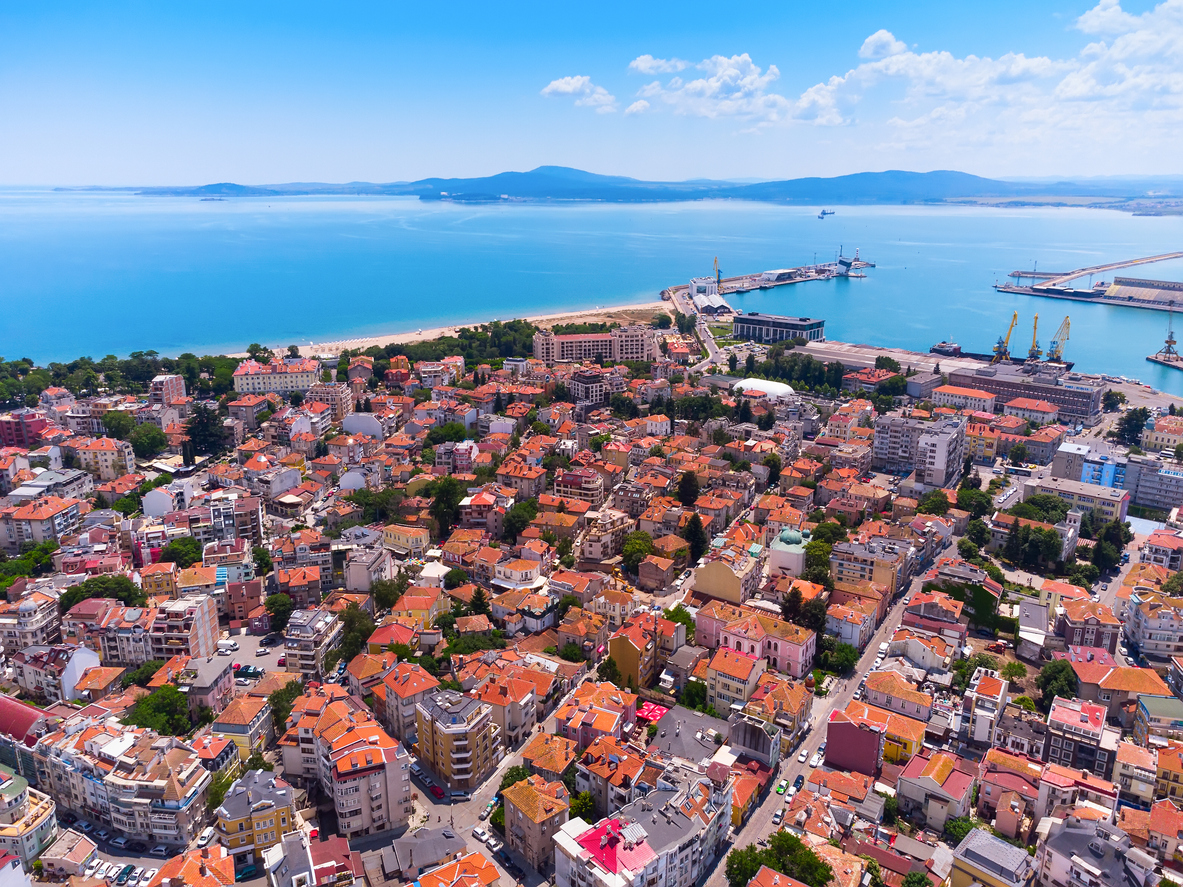
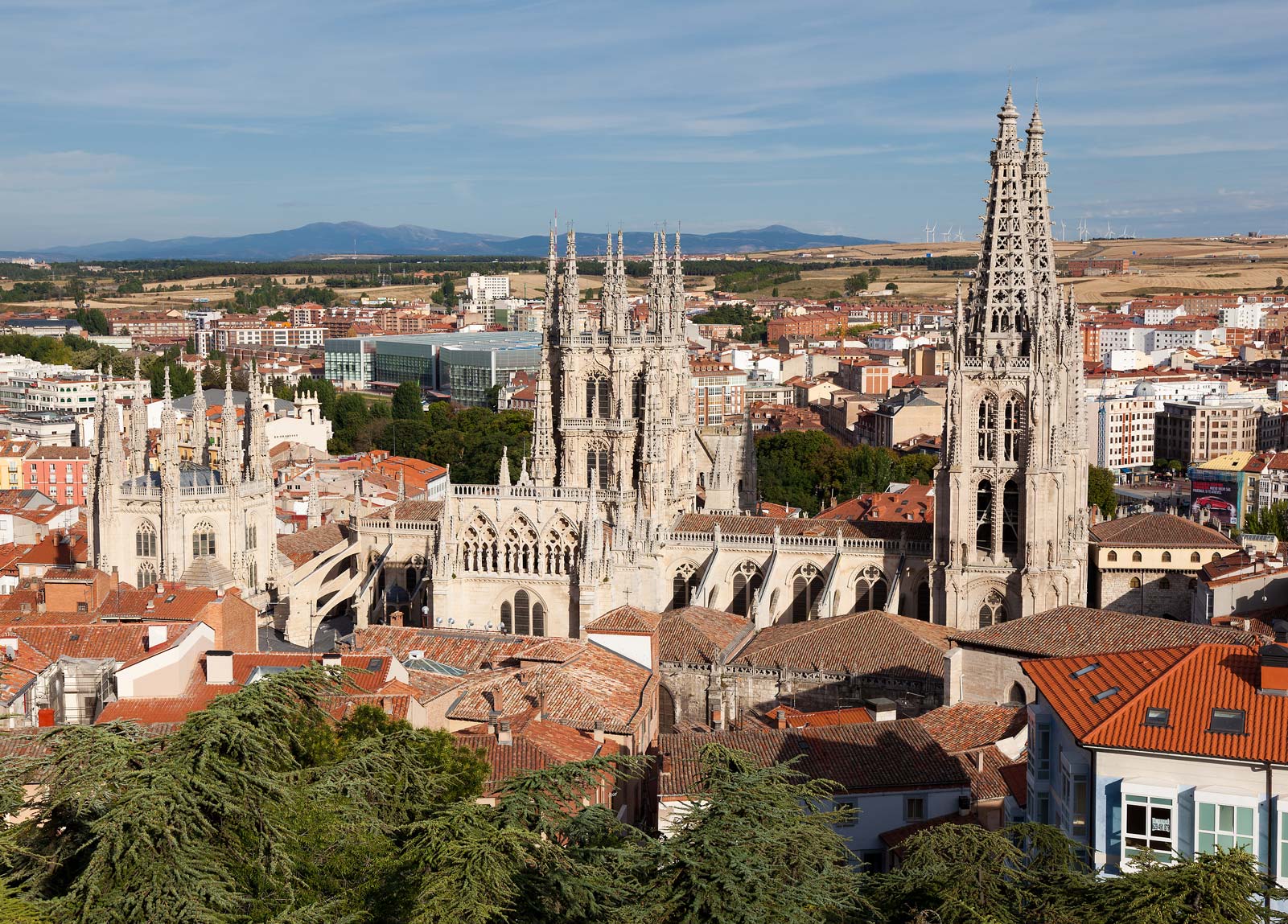
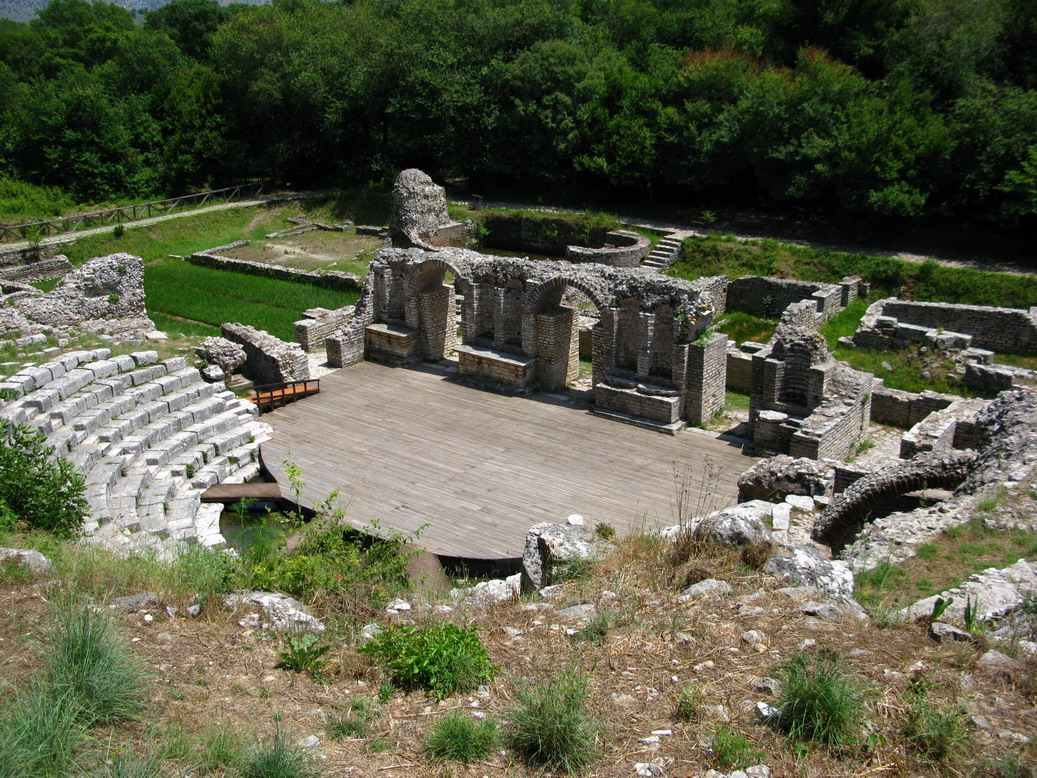


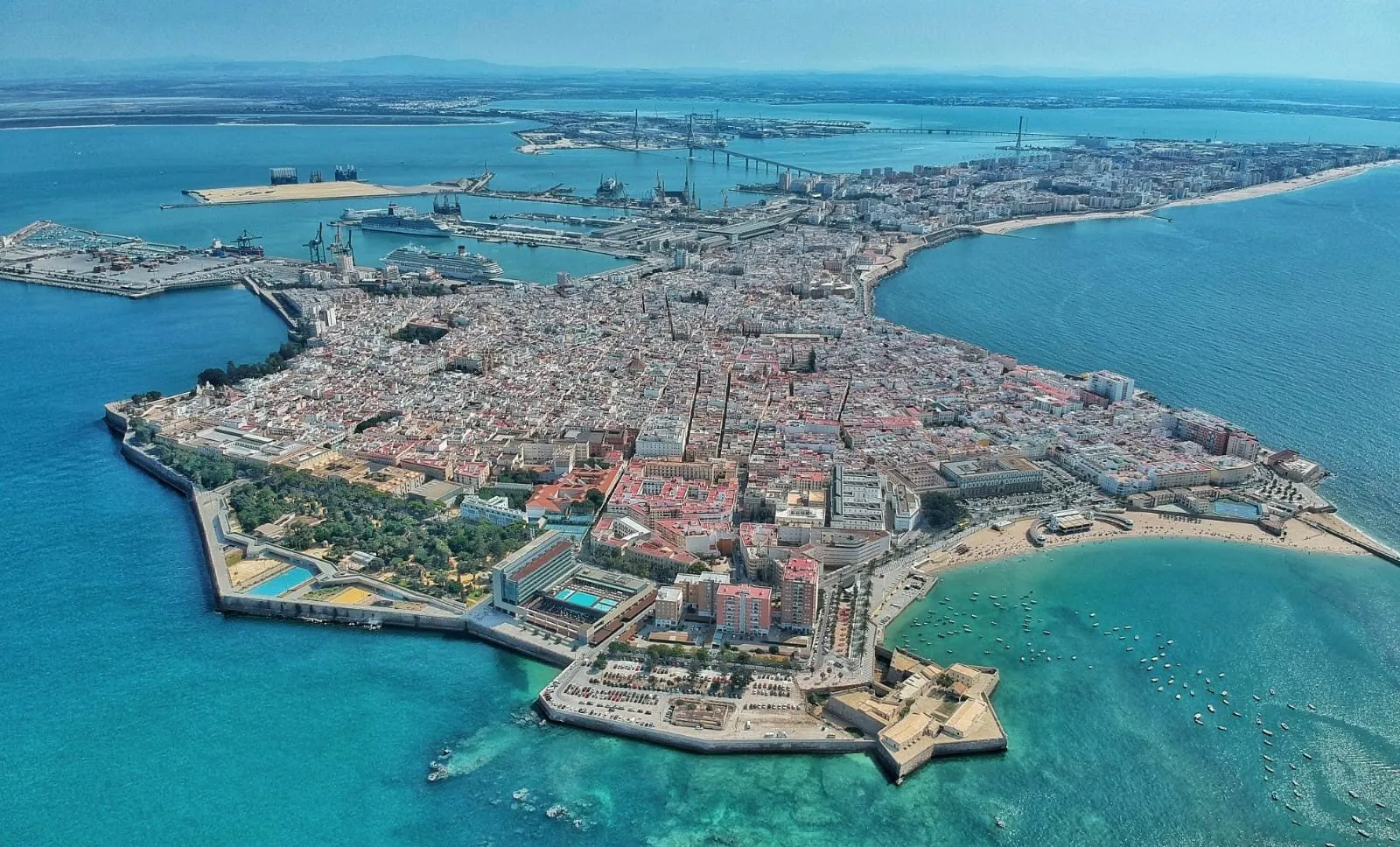
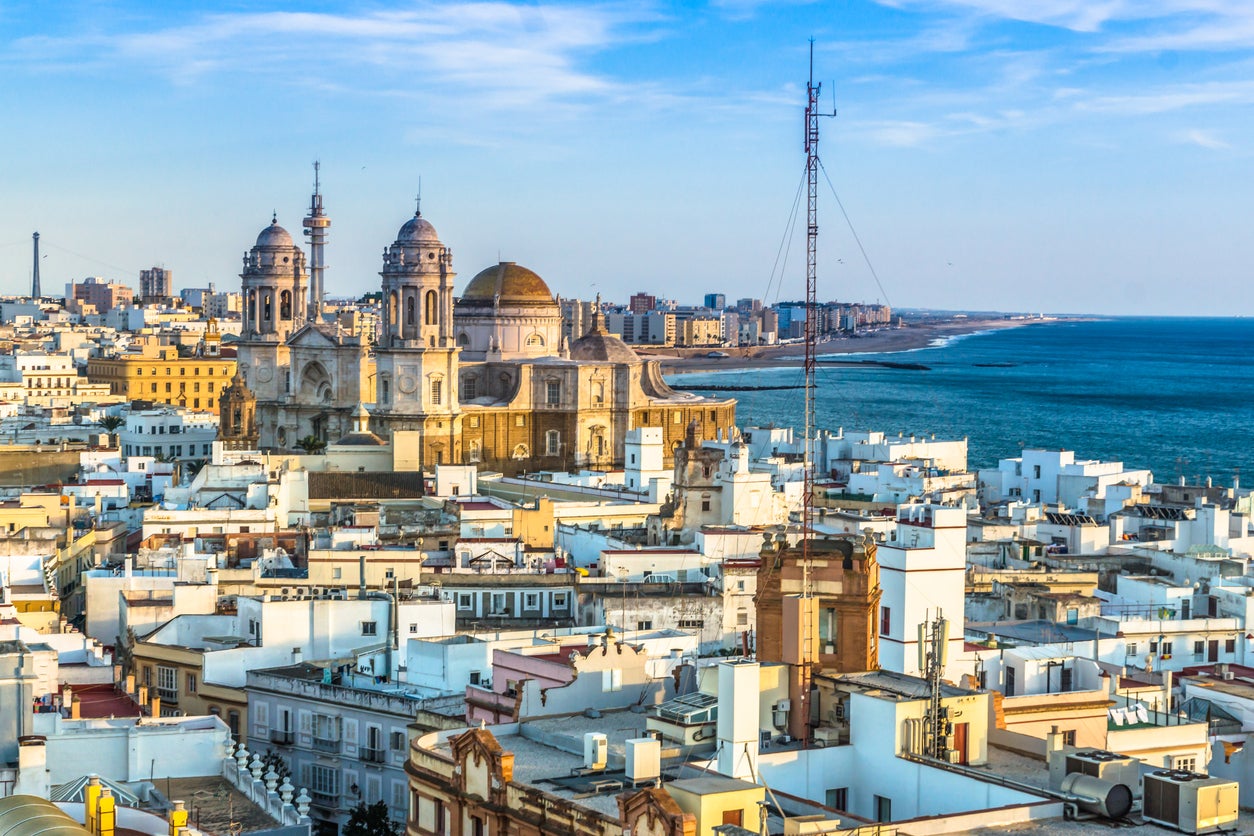

Cádiz [spanisch ˈkaðiθ, regional/lateinamerikanisch ˈkaðis, andalusisch Cái, latinisiert Gades] ist die Hauptstadt der Provinz Cádiz in der Autonomen Region Andalusien in Süd-Spanien mit 113.066 Einwohnern (1. Januar 2022). Die Stadt erhebt sich auf einer Landzunge, die in die Bucht von Cádiz vorspringt. Diese ist ein kleiner Teil des Golfs von Cádiz.
Die Altstadt mit den Vierteln (spanisch barrios) El Pópulo, La Viña und Santa María steht in starkem Kontrast zu den Hochhäusern der modernen Neustadt. Das Stadtbild wird durch viele kleine Plätze geprägt.
Die Einwohner von Cádiz werden Gaditanos genannt.
加的斯(西班牙语:Cádiz,西班牙语:[ˈkaðiθ];/kəˈdɪz/[1] )是西班牙西南部的一座滨海城市,属于安达卢西亚加的斯省,而且是加的斯省的省会。据2004年的统计加的斯共有133,242名居民,包括其郊区的居民数则为629,054人。2017年加的斯城区的总登记人口为118,048人。[2]城市面积12.30平方公里,位于一个伸入加的斯湾的半岛上。加的斯的地理位置是北纬36°30',西经6°20'。
加的斯拥有典型的安达鲁西亚特征,其老城(Casco Antiguo)分为数个不同的区(barrios)。这些区与新建的市区截然不同。老城区的小胡同一般通向其广场,而新区里则主要是宽广的大街和现代的建筑。此外市内点缀着许多公园和树木,有些巨树有可能是克里斯托弗·哥伦布带来的。此地也以雪莉酒闻名。
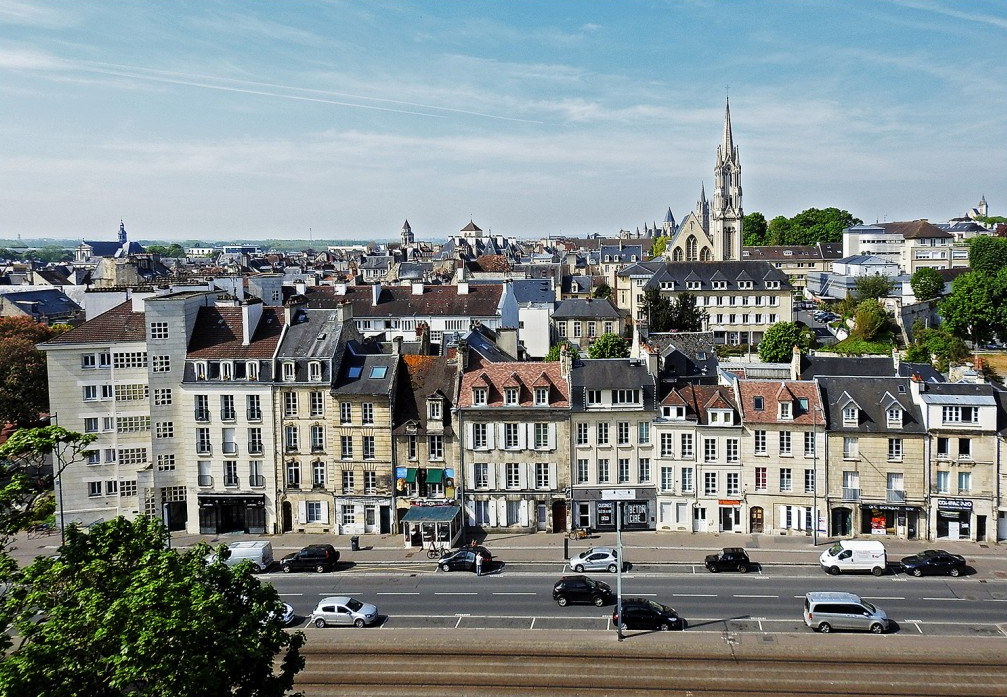
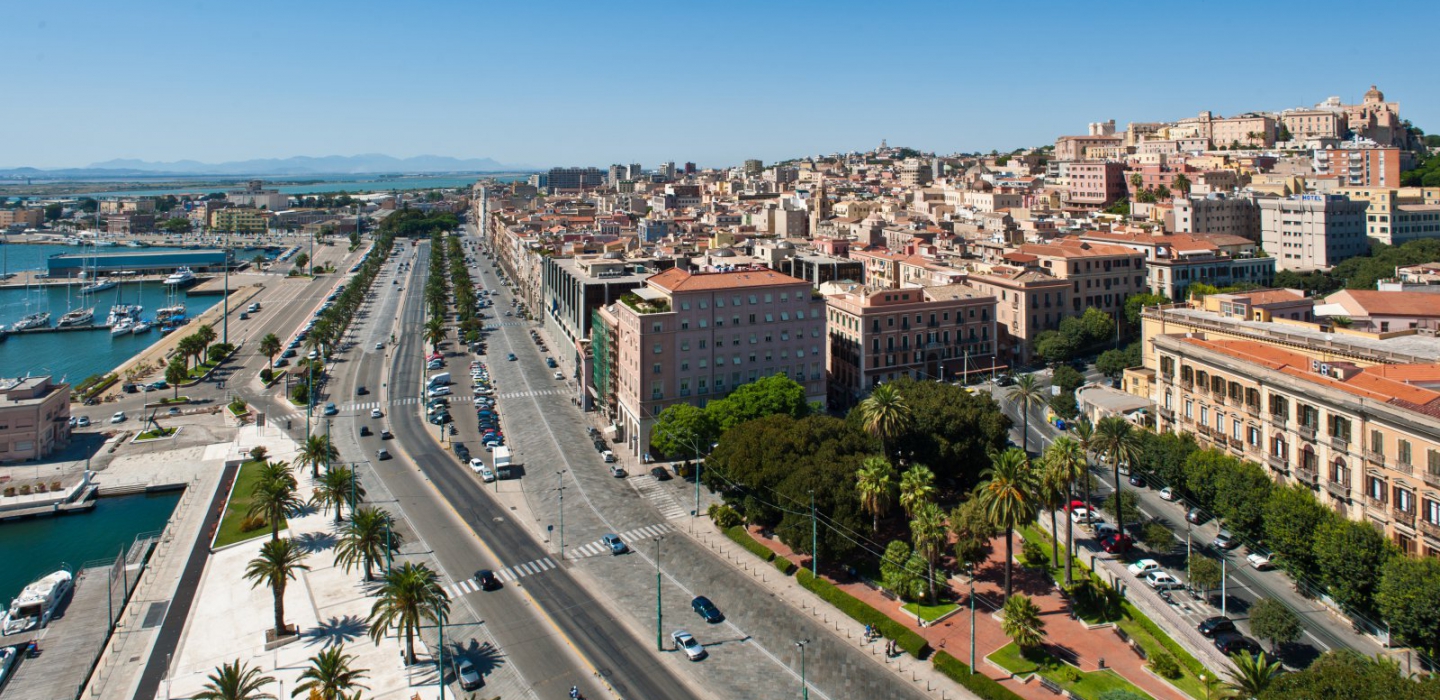
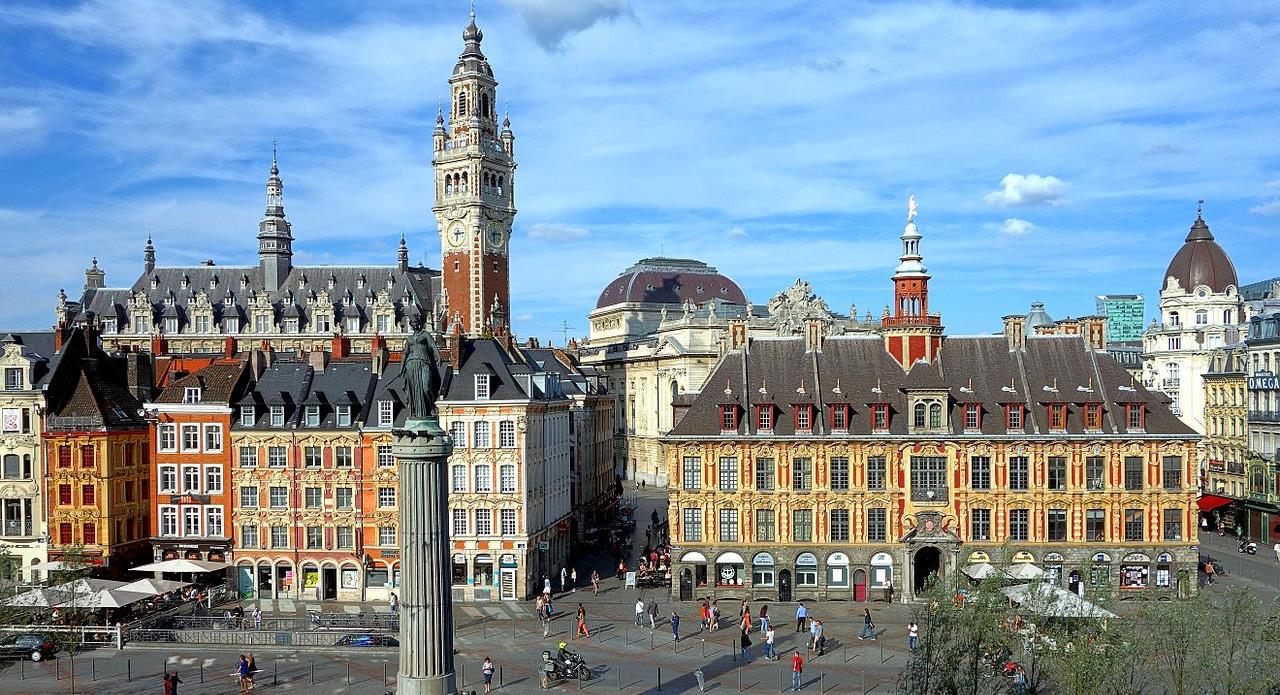
Calais [kaˈlɛ] (veraltet niederländisch Kales; veraltet deutsch Kalen) ist eine Hafenstadt im Norden Frankreichs mit 67.380 Einwohnern (Stand 1. Januar 2021). Der nach dem Ort benannte Pas de Calais – Schritt über die Meerenge, englisch Strait of Dover, bzw. neutral benannte Ärmelkanal hat hier gegenüber von Dover seinen viel benutzten südlichen Hafen.
加来(法語:Calais,法语发音:[ka.lɛ]),法国北部城市,位于上法兰西大区的加来海峡省,是该省的一个副省会,下辖加来区[2],其市镇面积为33.5平方公里,2021年1月1日时人口数量为67,380人[3]。加来位于法国北部大西洋海滨,所相邻的英吉利海峡又被称为“加来海峡”。加来是法国本土距离英国最近的城市之一。
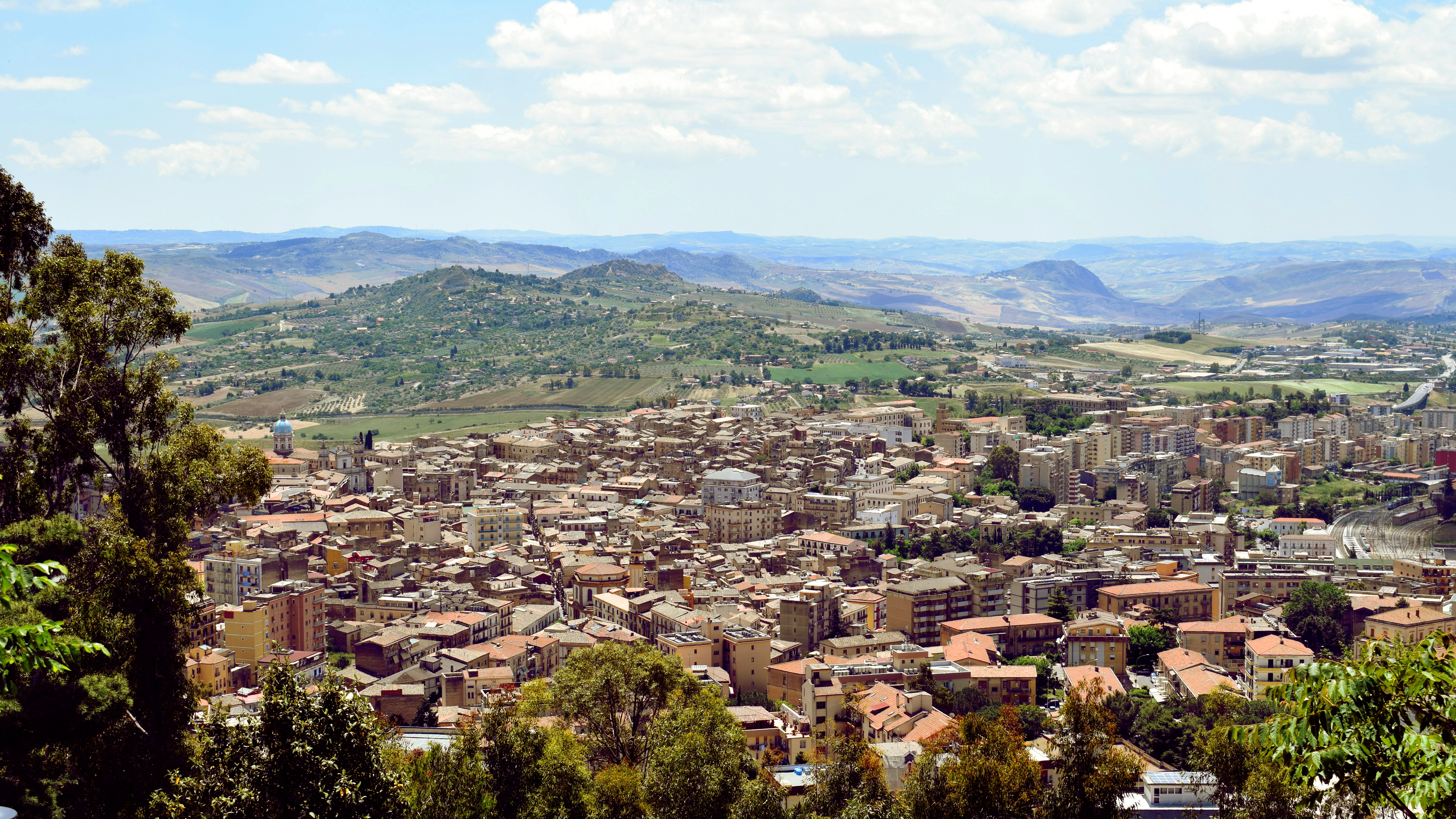

剑桥(英语:Cambridge,旧译康桥[2]),英国英格兰东区域剑桥郡的城市、自治市镇-非都市区,是英国历史最悠久的大学城。剑桥建立于康河之上,于伦敦以北约八十公里。二零一一年英国人口普查显示其有人口约十二万四千人,其中约二万五千人为学生。有考古学证据显示早于青铜器时代剑桥已有人聚居,后于罗马和维京时期成为了重要的贸易中心。十二世纪皇家特许状授予剑桥城镇的地位,但它现今城市的地位于一九五一年才被正式授予。
世界知名的剑桥大学一二零九年创立于剑桥。大学的建筑包括国王学院礼拜堂、卡文迪许实验室和剑桥大学图书馆。剑桥大学图书馆是世上最大的法定送存图书馆之一。剑桥的天际线主要是几个大学学院的建筑,也包含圣母暨英格兰殉道圣人堂的尖塔、阿登布鲁克医院的烟囱和圣约翰学院礼拜堂的尖塔。安格里亚鲁斯金大学的主要校址也位于剑桥,此大学演变自剑桥艺术学院(Cambridge School of Art)和剑桥郡科艺学院(Cambridgeshire College of Arts and Technology)。剑桥也是所谓硅沼地(Silicon Fen)的中心,其包含诸如软件和生物科学等等各种高科技产业和各样剑桥大学间接带动的新创企业。多于四成的剑桥劳动人口拥有高等教学学位,此为国家平均的两倍。世上最大的生物医学研究集中地之一的剑桥生物医学园区(Cambridge Biomedical Campus),也即将成为阿斯利康制药和柏特沃斯医院(Papworth Hospital)新址的所在地。
剑桥的帕克公园(Parker's Piece)是世上第一场现代足球比赛的举行地点。剑桥的仲夏公地(Midsummer Common)为仲夏游乐会(Midsummer Fairs)和有称为草莓游乐会(Strawberry Fair)的音乐艺术节之所在地。一年一度的剑桥啤酒节举行于耶稣绿地(Jesus Green)。剑桥在M11和A14公路之旁,而剑桥火车站距离伦敦国王十字车站不足一小时车程。
在剑桥,除了剑桥大学建筑之外,还有商店、公园、茶艺馆,以及代表剑桥现代化一面的百货公司,商店及运动设施。康河上可以泛舟,在剑桥可以参加音乐会或步行到郊外欣赏幽美景色,也可以和剑桥居民一样,享受骑脚踏车的乐趣。
Cambridge [ˈkeɪmbɹɪdʒ] ist eine Stadt im Vereinigten Königreich, und Hauptstadt der Grafschaft Cambridgeshire mit etwa 123.800 Einwohnern, darunter etwa 24.500 Studenten.
Berühmt sind die University of Cambridge, die gotische Kapelle und der Chor des King’s College, die Universitätsbibliothek sowie das Trinity College. Nach Cambridge sind die Titel des Duke of Cambridge und des Earl of Cambridge benannt. Cambridge liegt am Fluss Cam etwa 80 km nordöstlich von London im Osten Englands. Cambridge wird für Wahlzwecke in 14 wards gegliedert.: Abbey, Arbury, Castle, Cherry Hinton, Coleridge, East Chesterton, King's Hedges, Market, Newnham, Petersfield, Queen Edith's, Romsey, Trumpington und West Chesterton.
Cambridge (/ˈkeɪmbrɪdʒ/[3] KAYM-brij) is a university city and the county town of Cambridgeshire, England, on the River Cam approximately 50 miles (80 km) north of London. At the United Kingdom Census 2011, its population was 123,867 including 24,506 students.[2][4] Cambridge became an important trading centre during the Roman and Viking ages, and there is archaeological evidence of settlement in the area as early as the Bronze Age. The first town charters were granted in the 12th century, although modern city status was not officially conferred until 1951.
Cambridge is home to the world-renowned University of Cambridge, which was founded in 1209.[5] The university includes King's College Chapel, Cavendish Laboratory, and the Cambridge University Library, one of the largest legal deposit libraries in the world. The city's skyline is dominated by several college buildings, along with the spire of the Our Lady and the English Martyrs Church, the chimney of Addenbrooke's Hospital and St John's College Chapel tower. Anglia Ruskin University, evolved from the Cambridge School of Art and the Cambridgeshire College of Arts and Technology, also has its main campus in the city.
Cambridge is at the heart of the high-technology Silicon Fen with industries such as software and bioscience and many start-up companies born out of the university. More than 40% of the workforce has a higher education qualification, more than twice the national average[citation needed]. The Cambridge Biomedical Campus, one of the largest biomedical research clusters in the world, is soon to be home to AstraZeneca, a hotel and the relocated Papworth Hospital.[6]
Parker's Piece hosted the first ever game of Association football. The Strawberry Fair music and arts festival and Midsummer Fairs are held on Midsummer Common, and the annual Cambridge Beer Festival takes place on Jesus Green. The city is adjacent to the M11 and A14 roads, and Cambridge station is less than an hour from London King's Cross railway station.
Cambridge /'keɪm.brɪdʒ/ est une ville d’Angleterre, au Royaume-Uni, située à 100 km au nord de Londres. Elle est connue pour son université de renommée mondiale, la deuxième plus ancienne d'Angleterre après celle d'Oxford. Elle est également le centre administratif du comté du Cambridgeshire. Depuis 1951, Cambridge possède officiellement le statut de cité.
En 2011, la population de la ville était estimée à 123 867 habitants, dont plus de 24 000 étudiants (parmi lesquels plus de 17 000 étudiants de l'université de Cambridge). Aujourd'hui, 31 collèges sont gérés de manière autonome et indépendante, assurant l'hébergement et le suivi pédagogique des étudiants tandis que l'université se charge de l'enseignement.
Aujourd'hui Cambridge est au cœur d'un centre de techniques de pointe surnommé le Silicon Fen (d'après Silicon Valley). Sa force économique et innovatrice repose sur les industries de l'informatique, la biologie et des startup couvées par l'université. Plus de 40 % de la population possèdent un diplôme d'éducation supérieure, plus de deux fois la moyenne nationale.
Cambridge /ˈkeɪmbrɪdʒ/ es un distrito no metropolitano del Reino Unido, una ciudad universitaria inglesa muy antigua y la capital del condado de Cambridgeshire, a orillas del río Cam.
Se encuentra aproximadamente a ochenta kilómetros de Londres y la rodean varias villas y pueblos. Su fama la debe a la Universidad de Cambridge, que incluye a los Laboratorios Cavendish (denominados así en honor a Henry Cavendish), el hospital Addenbrooke, el coro de la capilla del King's College y la Biblioteca de la Universidad. Estos dos últimos edificios sobresalen respecto del resto de la ciudad. En la ciudad también se encuentra un campus de la Universidad Anglia Ruskin.
De acuerdo con el censo de 2001, la ciudad cuenta con 108 863 habitantes2 (de ellos, 22 153 son estudiantes).
El nombre de la ciudad significa «puente del [río] Cam».
En abril de 2011, la ciudad le da su nombre al título de nobleza «duque de Cambridge» al príncipe Guillermo Arturo Felipe Luis tras su matrimonio con Catalina (Kate) Middleton, debido a la tradición británica de que a los príncipes reales se les conceda un título nobiliario al contraer matrimonio.

 International cities
International cities

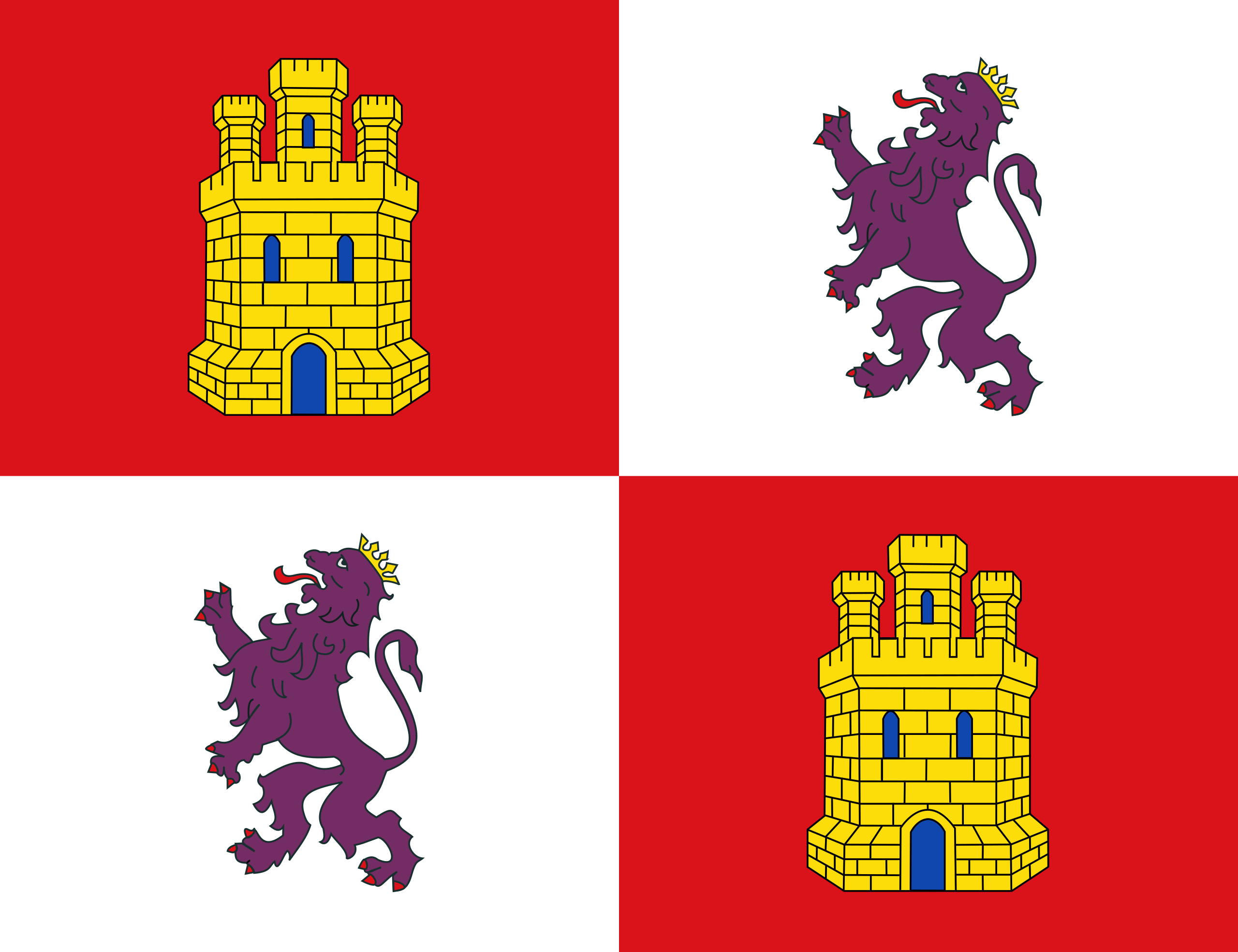 Castilla y León
Castilla y León
 World Heritage
World Heritage
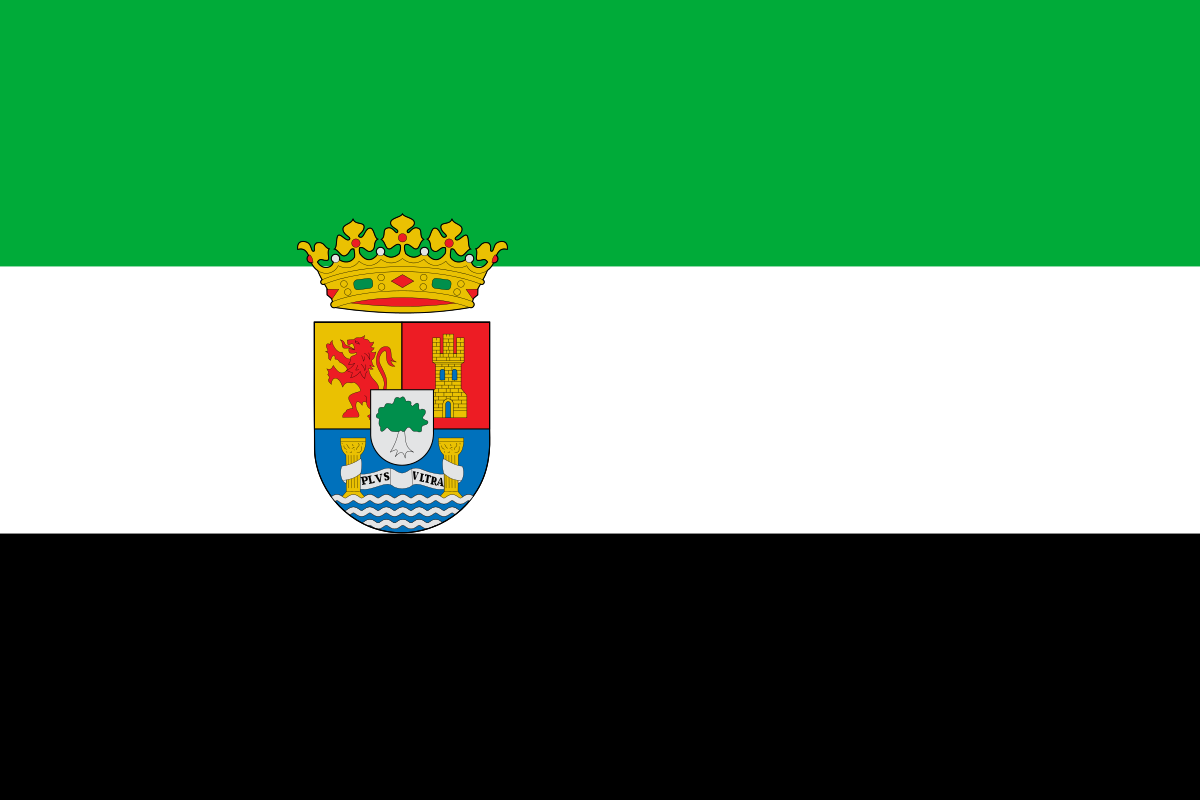 Extremadura
Extremadura
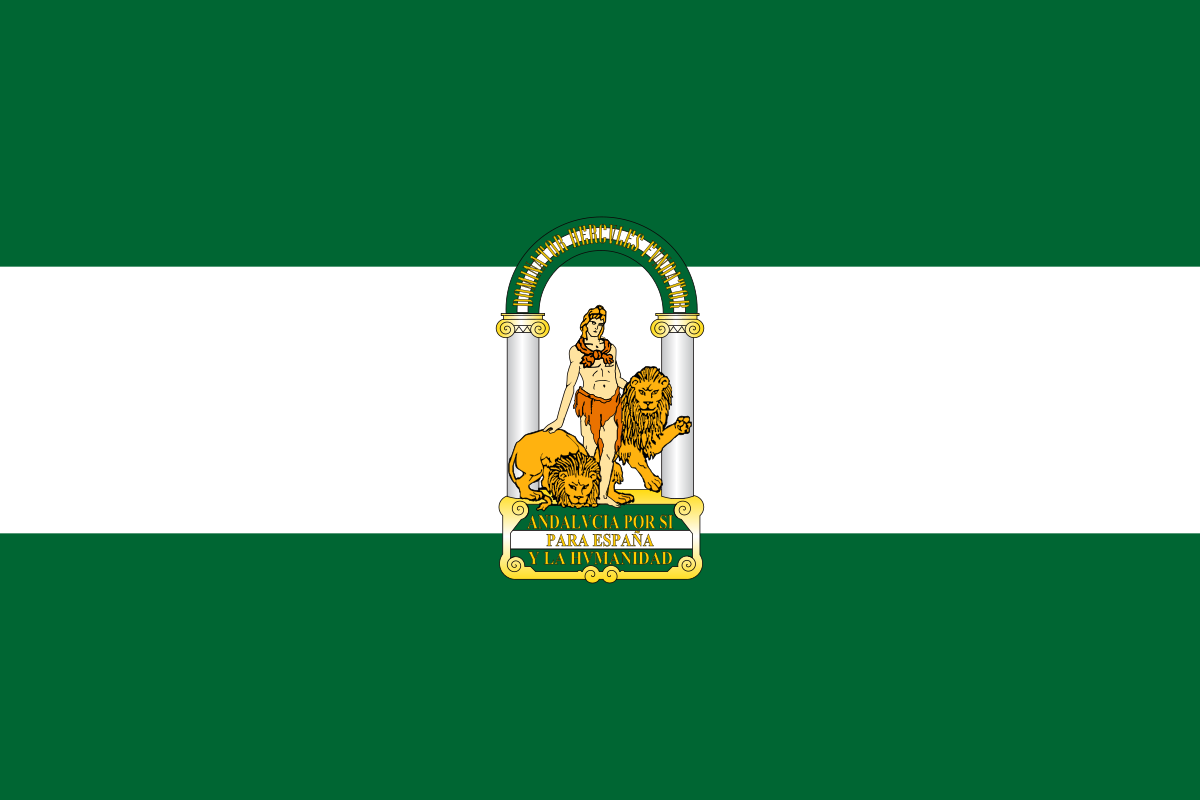 Andalusia
Andalusia
 History
History
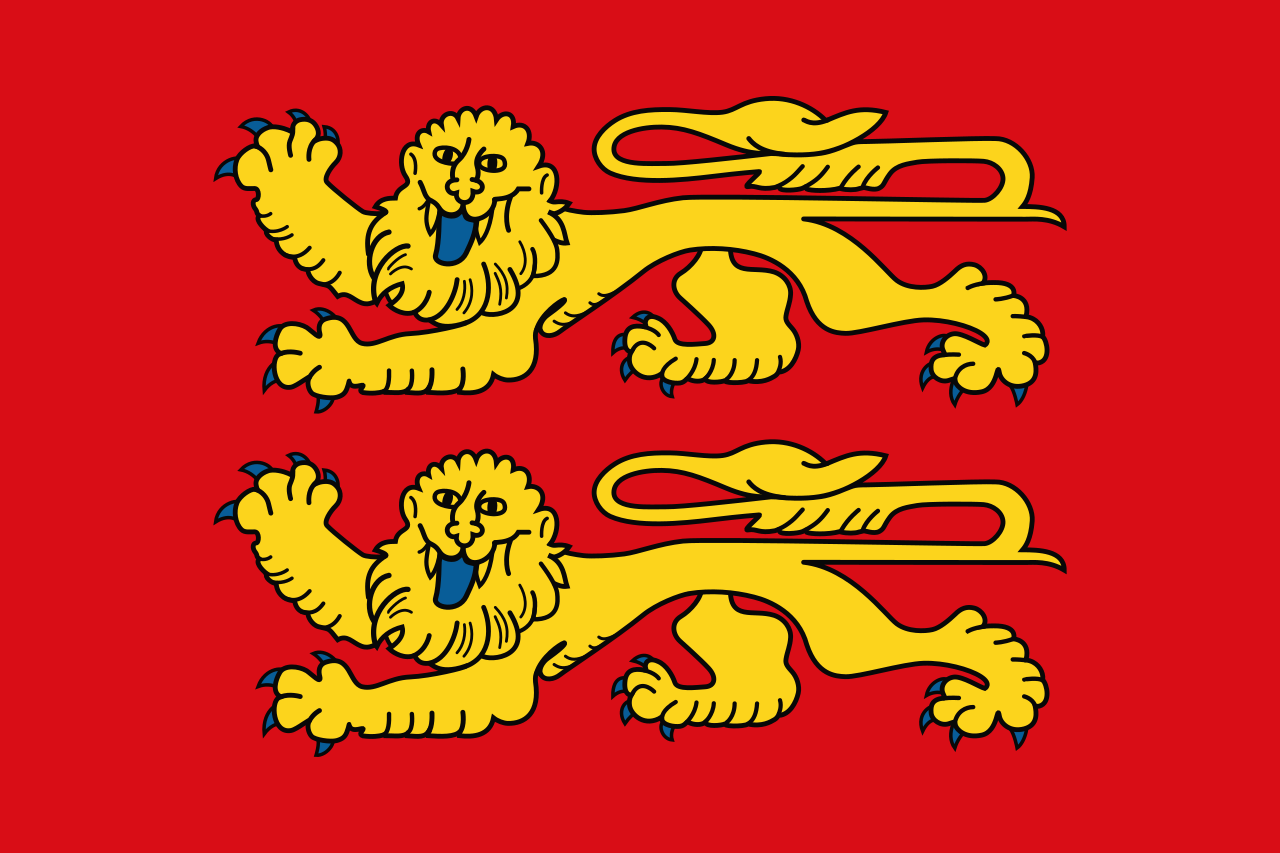 Normandie
Normandie
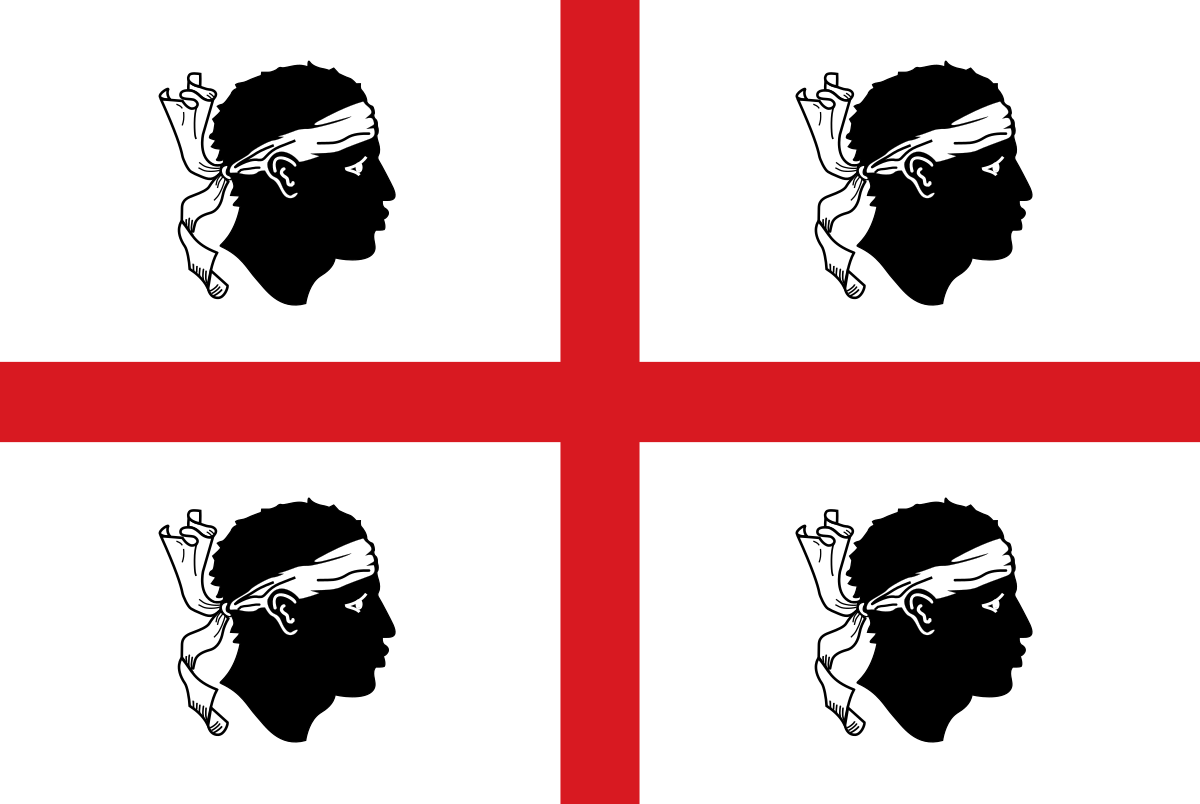 Sardegna
Sardegna
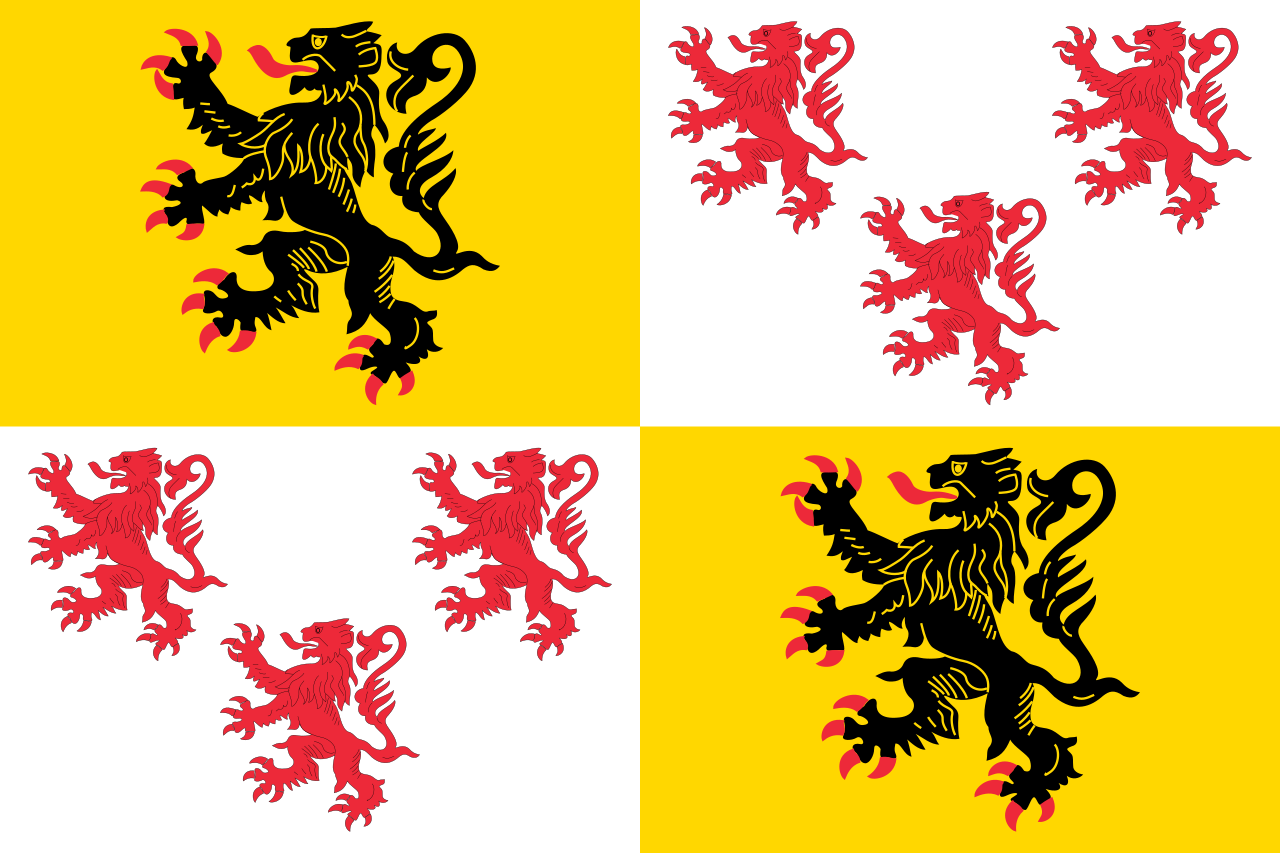 Hauts-de-France
Hauts-de-France
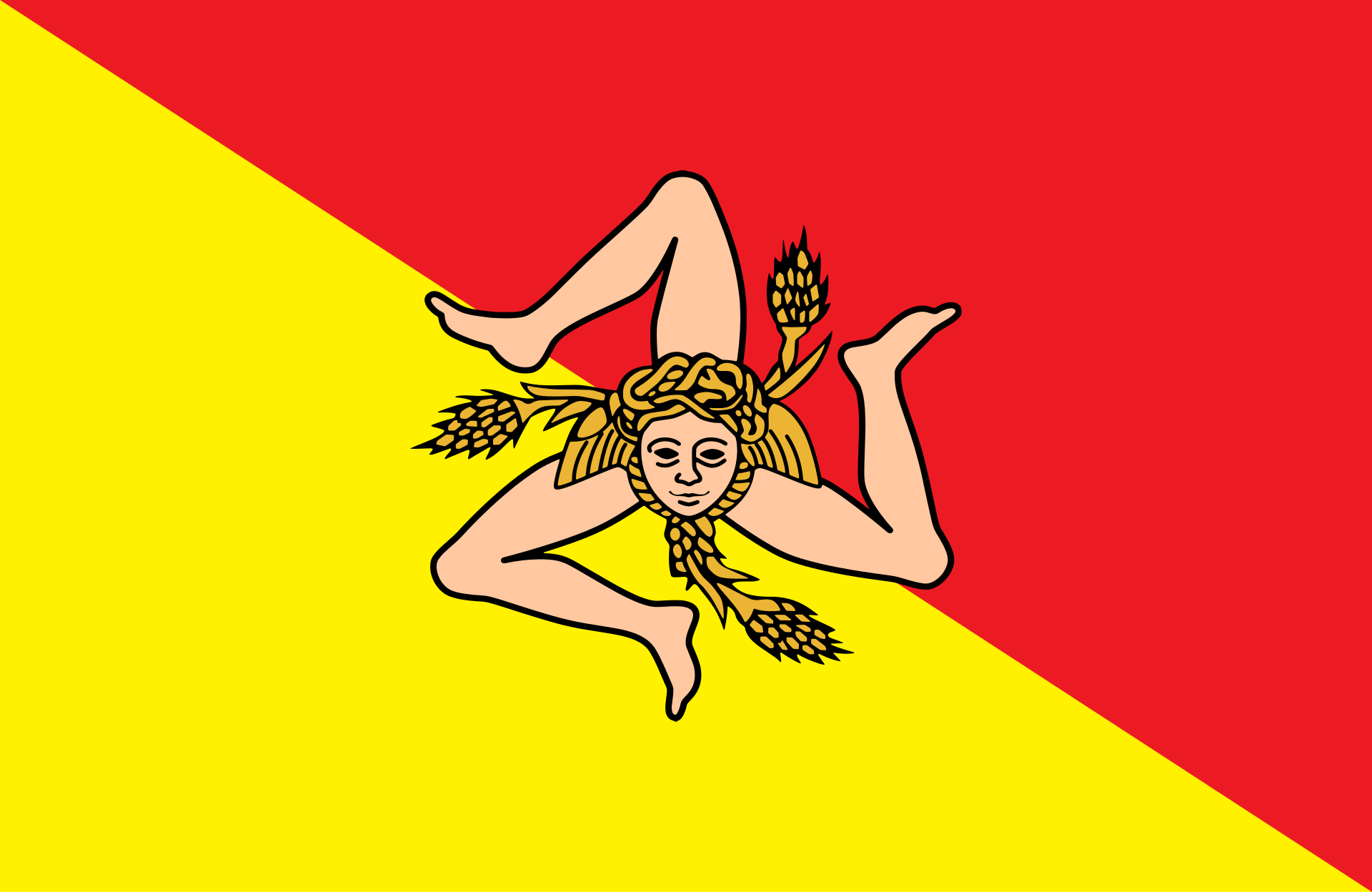 Sicilia
Sicilia
 Architecture
Architecture
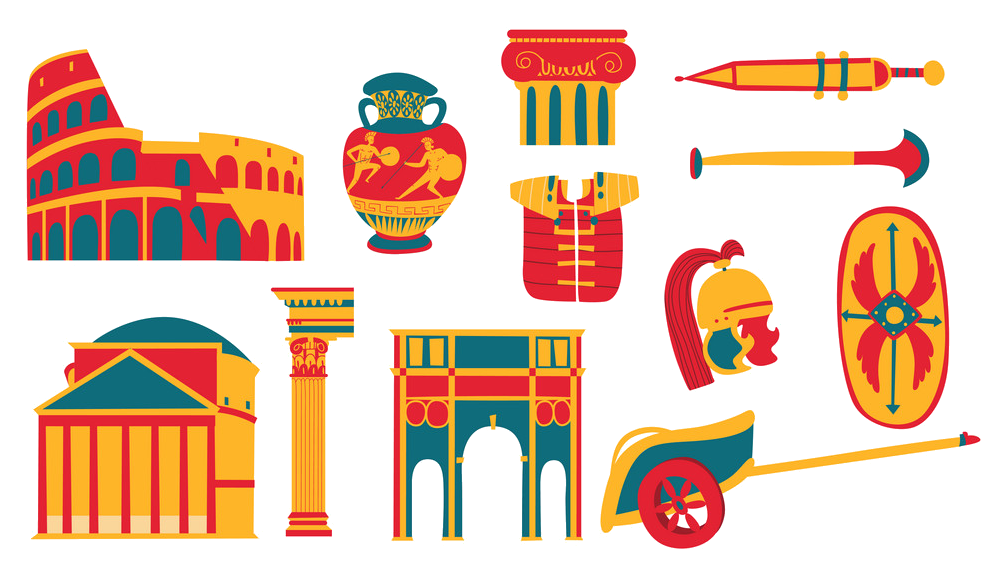 Cities founded by the Romans
Cities founded by the Romans